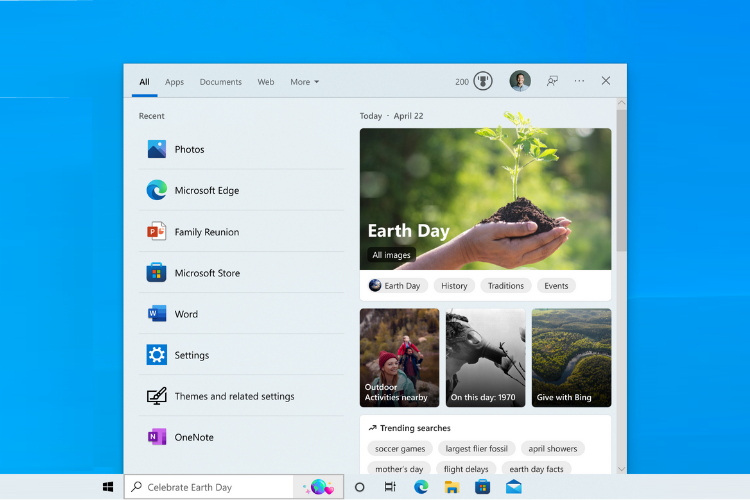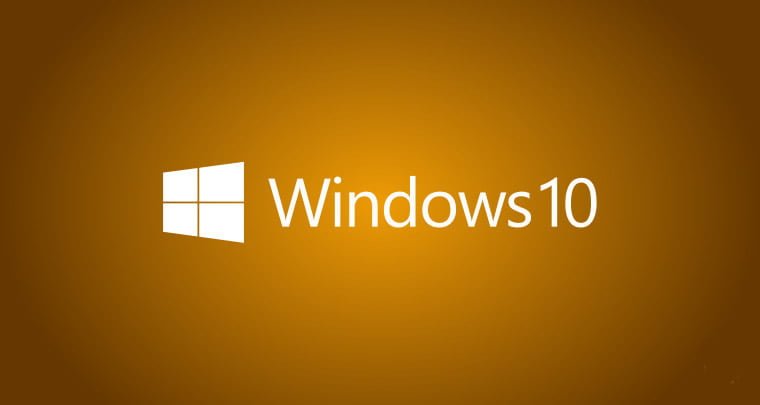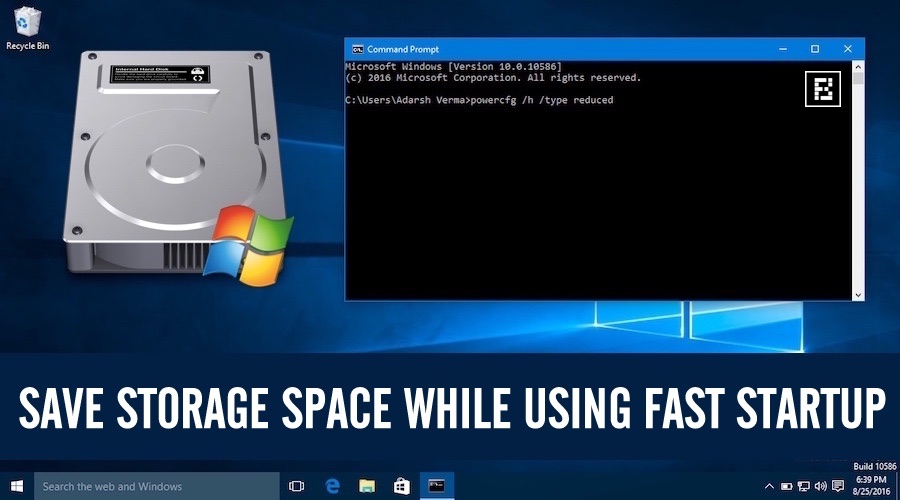
Having "Shutdown" actually shutdown and "Hibernate" hibernate, reduces anyĬonfusion and reduces the potential of corruption.
#Windows quickboot windows 10 keygen

HTPC using WOL in order to wake it via a remote control.

I run both my laptop and my HTPC (a tower system) using hibernation, with my Hibernating system, and then select "Shutdown" to shutdown the system fully. If you want to boot another OS, you must first start the Is hibernating, and so you KNOW that you must not boot another operating (c) If you select "Hibernate" on the "Power" menu, you KNOW that the system (b) If "Fast Start" is disabled, "Shutdown" really does shutdown the system,Īnd there is no risk of corrupting shared drives. it has not shutdown at all, and is in the state that can give corrupted (a) If "Fast Start" is enabled, "Shutdown" causes the system to hibernate, You select "Shutdown" on the "Power" menu: (4) The reason to choose hibernation over fast start is what happens when On Windows 8, 8.1, and 10, and therefore satisfies your requirement. (3) From the Microsoft document that you linked, hibernation works with WOL Significantly more power (enough to completely discharge a laptop battery inġ-2 days, whereas a hibernating laptop will last several weeks). Sleep gives you a faster start-up, but on many/most systems it consumes (2) Hibernation gives you fast start-up combined with low power consumption. data drives), you can corrupt the file system on the shared Operating system B, and those operating systems happen to share one or moreĭrives (e.g. (1) The Terabyte warning about "Fast Start" arises because the system isĪctually hibernating, and if you hibernate operating system A, and then boot I run both my laptop and my HTPC (a tower system) using hibernation, with my HTPC using WOL in order to wake it via a remote control.Īnd since we're in the BootIt forum, you can use BootNow with the /hibernate Selecting "Restart" is equally safe (it performs a true shutdown). If you want to boot another OS, you must first start the hibernating system, and then select "Shutdown" to shutdown the system fully. (c) If you select "Hibernate" on the "Power" menu, you KNOW that the system is hibernating, and so you KNOW that you must not boot another operating system. (b) If "Fast Start" is disabled, "Shutdown" really does shutdown the system, and there is no risk of corrupting shared drives.

it has not shutdown at all, and is in the state that can give corrupted shared drives. (a) If "Fast Start" is enabled, "Shutdown" causes the system to hibernate, i.e. (4) The reason to choose hibernation over fast start is what happens when you select "Shutdown" on the "Power" menu:

(3) From the Microsoft document that you linked, hibernation works with WOL on Windows 8, 8.1, and 10, and therefore satisfies your requirement. Sleep gives you a faster start-up, but on many/most systems it consumes significantly more power (enough to completely discharge a laptop battery in 1-2 days, whereas a hibernating laptop will last several weeks). data drives), you can corrupt the file system on the shared drives. (1) The Terabyte warning about "Fast Start" arises because the system is actually hibernating, and if you hibernate operating system A, and then boot operating system B, and those operating systems happen to share one or more drives (e.g. Note: do not disable the BIOS "Fast Boot" (which is completely different). Instead of shutting down the machine, what if I put it to Sleep?


 0 kommentar(er)
0 kommentar(er)
